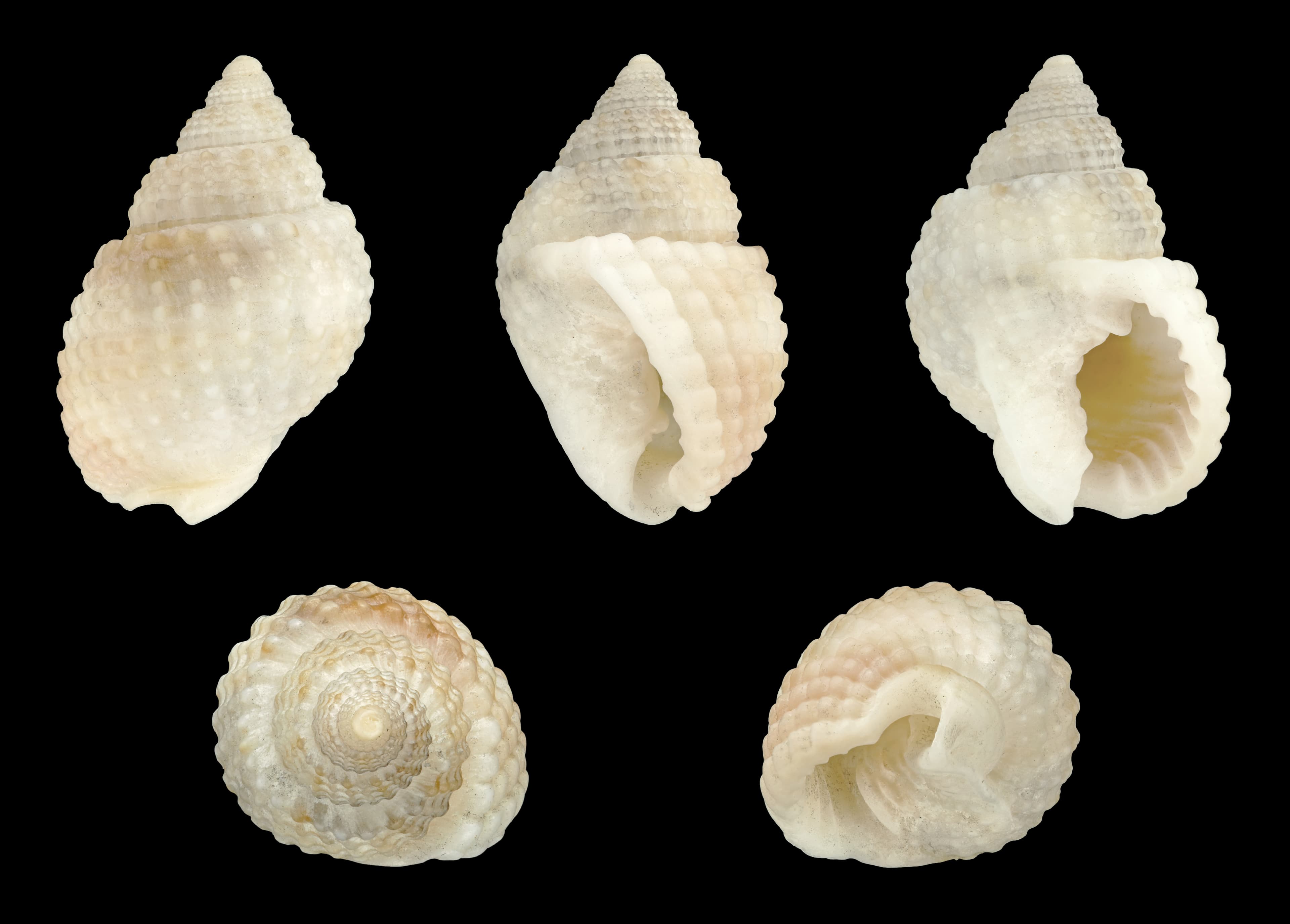Common name: Cone-shaped Nassa
General Information
The Cone-shaped Nassa (Nassarius conoidalis) is a fascinating and practical addition to marine aquariums, particularly for hobbyists looking to maintain a clean and healthy substrate. Known for its distinctive cone-shaped shell and burrowing behavior, this small gastropod is a member of the Nassariidae family, which includes other sand-sifting snails. Its natural habitat spans the Indo-Pacific region, where it thrives in sandy and muddy substrates.
One of the primary reasons for its popularity in the aquarium trade is its role as a detritivore, meaning it feeds on decaying organic matter and uneaten food. This makes it an excellent choice for maintaining substrate cleanliness and reducing the risk of nutrient buildup. Its small size and peaceful nature make it suitable for a wide range of tank setups, from nano aquariums to larger reef systems.
Details
- Estimated price
- Cheap Affordable and widely available in the trade
- Recommended minimum volume
- 20 liter (5.3 gallons)
- Salinity
- S.G. 1.023 to 1.025
- Temperature
- 24 to 27 °C (75 to 81 °F)
- Acidity
- pH 8 to 8.5
- Average size
- 2 cm (¾″)
- Care level
- Very easy Perfect for beginners due to its hardy and low-maintenance nature
- Diet
- Detritivore Feeds on detritus and uneaten food, keeping the substrate clean
- Reefsafe
- Yes
- Aggression
- Peaceful
- Captive bred
- No
Taxonomy
- KingdomAnimalsAnimalia
- PhylumMollusksMollusca
- ClassGastropodsGastropoda
- OrderNeogastropodsNeogastropoda
- FamilyNassarius SnailsNassariidae
- GenusNassarius SnailsNassarius
- SpeciesCone-shaped NassaNassarius conoidalis (Deshayes, 1833)
- SynonymsBuccinum clathratum Wood, 1825Buccinum conoidale Deshayes, 1833Buccinum gemmulatum Lamarck, 1822Desmoulea ringens A.Adams, 1855Nassa clathrata Lamarck, 1816Nassa cumingii A.Adams, 1852Nassa gemmulata (Lamarck, 1822)Nassa gemmulata variegata A.Adams, 1852Nassa rajaensis K.Martin, 1895Nassa ringens Reeve, 1854Nassa variegata A.Adams, 1852Nassa verrucosa A.Adams, 1852Nassarius clathratus (Lamarck, 1816)Nassarius comtessei (Iredale, 1929)Nassarius conoidalis conoidalis (Deshayes, 1833)Nassarius gemmulatus (Lamarck, 1822)Nassarius gemmulatus variegatus (A.Adams, 1852)Nassarius gemmulatus verrucosa (A.Adams, 1852)Nassarius variegatus (A.Adams, 1852)
- Source: GBIF | Global Biodiversity Information Facility
Care
Caring for Nassarius conoidalis is relatively straightforward, making it an ideal choice for aquarists of all experience levels. These snails prefer a sandy substrate, which allows them to burrow and search for food. A depth of at least a few centimeters of sand is recommended to accommodate their natural behavior.
They are highly adaptable to a range of water conditions but thrive in stable environments with good water quality. Regular water changes and maintaining appropriate salinity and pH levels are essential for their health. They are also sensitive to copper-based medications, which should be avoided in tanks housing these snails.
Diet and Feeding
As detritivores, Nassarius conoidalis primarily feeds on decaying organic matter, uneaten food, and other detritus found in the substrate. They are highly efficient scavengers, helping to keep the tank clean and reducing the risk of nutrient spikes. While they can often find enough food in established aquariums, supplemental feeding with sinking pellets or meaty foods like chopped shrimp can be provided if necessary.
Feed sparingly, as overfeeding can lead to water quality issues. These snails are nocturnal and are most active during the night, so feeding them in the evening can encourage natural behavior.
Behavior and Compatibility
Nassarius conoidalis is a peaceful species that spends most of its time buried in the substrate, emerging only to scavenge for food. Its burrowing activity helps aerate the substrate, promoting a healthier tank environment. These snails are non-aggressive and can coexist with a wide variety of tank mates, including fish, corals, and other invertebrates.
However, care should be taken when housing them with predatory species, such as certain wrasses or crabs, which may view them as a food source. They are reef-safe and pose no threat to corals or other sessile invertebrates.
Health and Common Issues
Nassarius conoidalis is a hardy species when provided with proper care. Maintaining stable water parameters and avoiding copper-based medications are key to their health. When selecting snails, look for individuals with intact shells and active behavior. Avoid snails that appear lethargic or have damaged shells, as these may indicate poor health.
Common issues include starvation in tanks with insufficient detritus or overstocking of scavengers. Ensure that the tank has an adequate food supply and avoid overcrowding to prevent competition for resources.
Habitat
In the wild, Nassarius conoidalis is found in sandy and muddy substrates in shallow coastal waters of the Indo-Pacific region. To replicate their natural habitat, provide a sandy substrate in the aquarium and maintain stable water conditions with moderate flow. This will allow them to exhibit their natural burrowing and scavenging behaviors.


